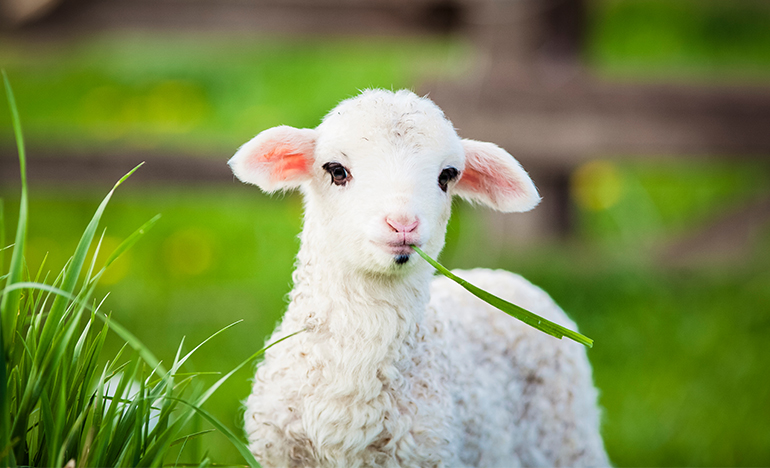



Article by: Hari Yellina
The recent extraordinary floods in northern NSW, where floodwaters have reached unprecedented heights, are expected to have an impact on the Australian lamb market. Flood-affected areas and adjacent regions have now impacted industry supply networks, resulting in road closures, damage to businesses, farms, and infrastructure. A number of important processing factories have also been harmed. “As the focus shifts to disaster recovery and animal health and welfare, lamb supply out of northern NSW is highly likely to be disrupted for some time,” Mecardo analyst Olivia Agar said.
The recent extraordinary floods in northern NSW, where floodwaters have reached unprecedented heights, are expected to have an impact on the Australian lamb market. Flood-affected areas and adjacent regions have now impacted industry supply networks, resulting in road closures, damage to businesses, farms, and infrastructure. A number of important processing factories have also been harmed. “As the focus shifts to disaster recovery and animal health and welfare, lamb supply out of northern NSW is highly likely to be disrupted for some time,” Mecardo analyst Olivia Agar said.
In fact, due to declining finished lamb prices and increased grain price uncertainties, restocker lambs have been heavily passed in through online selling platforms in recent weeks. Victoria currently has the cheapest restocker lambs due to abundant availability. However, experts believe that prices will rise as a result of recent rain and the possibility for those who can buy lambs with feed on hand. Following a below-average conclusion to 2021, which saw a paucity of adequate pasture in key sheep-producing regions and a big increase in turn-off for the state, a wet start to 2022 may have boosted producer demand for restocker lambs, according to MLA market intelligence analyst Ripley Atkinson.
However, experts believe that prices will rise as a result of recent rain and the possibility for those who can buy lambs with feed on hand. Following a below-average conclusion to 2021, which saw a paucity of adequate pasture in key sheep-producing regions and a big increase in turn-off for the state, a wet start to 2022 may have boosted producer demand for restocker lambs, according to MLA market intelligence analyst Ripley Atkinson. “In South Australia, restocker lamb prices increased by 98c per kilogramme carcase weight (cwt) last week,” Mr Atkinson said. “The restocker lamb price is currently operating at 1027c/kg cwt, which is 106c or 12pc higher than a year ago.” “Similarly, with more abundant pasture, their confidence in rebuilding flock numbers has strengthened.” According to him, the performance of the SA flock is critical to the overall productivity of the national flock.